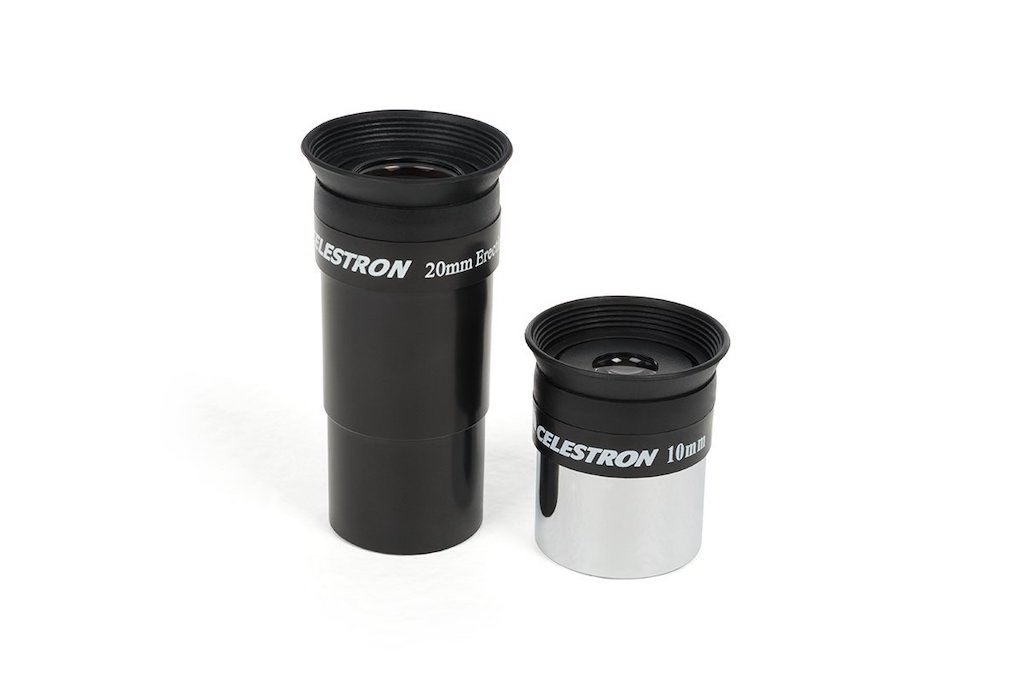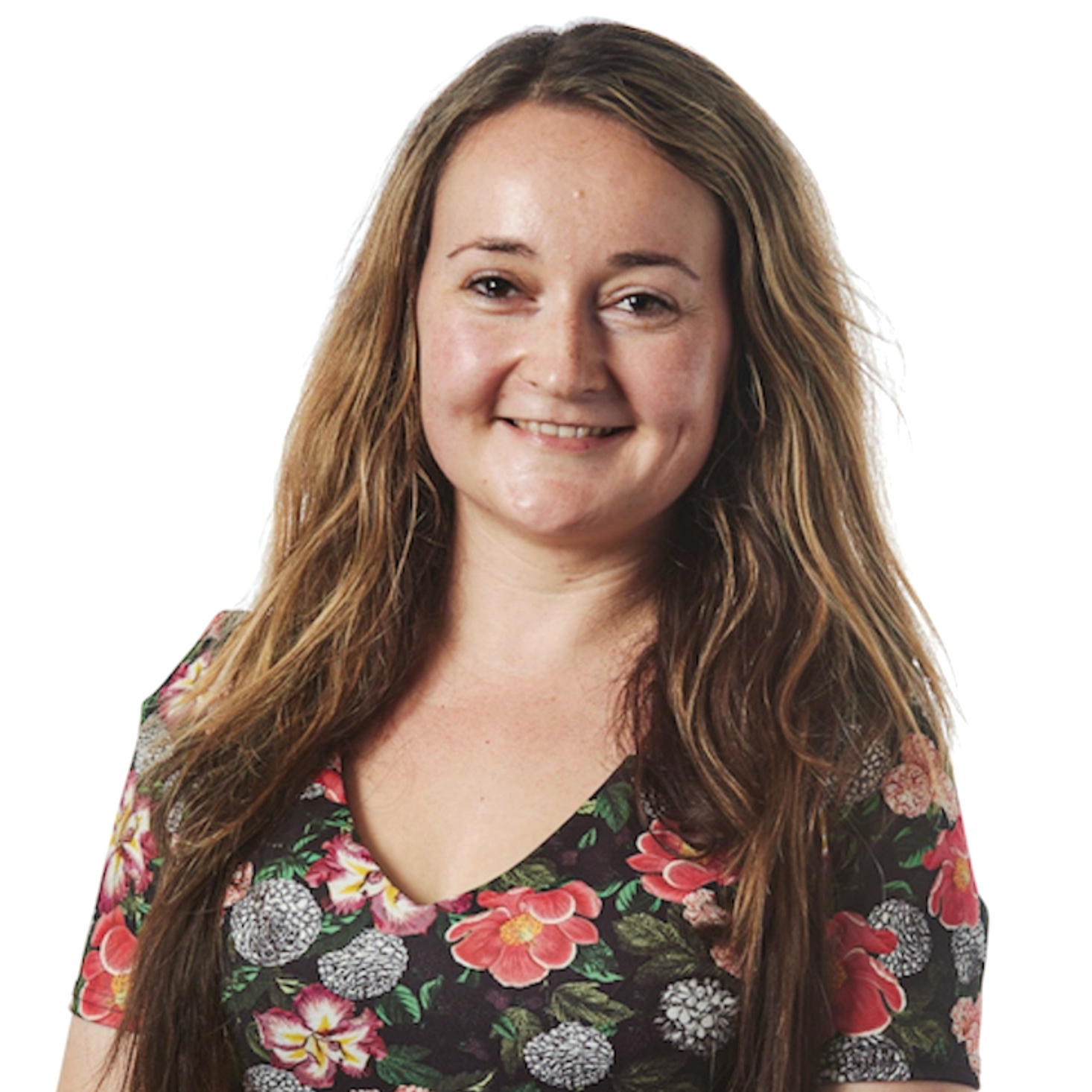Digital Camera World Verdict
A telescope and mount combo made with the novice astronomer in mind. Although serious long-exposure planetary or deep-sky astrophotography isn’t feasible with the AstroMaster 130 EQ, snapshots of the Moon and planets through the optical system is pleasing for a budget instrument. All in all, this offering from Celestron will spark a lifetime of interest in photographing the night sky. However, you will almost certainly want to upgrade on the eyepieces to make the most of the optical system.
Pros
- +
Good sized aperture
- +
Suitable for beginners
- +
Great views of the Moon and planets
- +
Portable and lightweight
- +
Affordable
Cons
- -
Included eyepieces only offer low-power views
- -
Only really suitable for basic astrophotography
- -
Some beginners may find the set up confusing
Why you can trust Digital Camera World
The Celestron AstroMaster 130EQ is powerful enough to give good views that will both satisfy and leave the skywatcher wanting more, making it an ideal telescope for beginners looking to mix between observing and basic imaging. It's also an affordable piece of kit that boasts a complete package – supplying the observer with everything they need for a successful night of stargazing.
What's more, it doesn’t have a fancy GoTo, nor any complicated electronics, making it easy to use. The Celestron AstroMaster 130EQ can be purchased with or without a motor drive, but as we’ll see, neither are entirely suitable for serious long exposure imaging.
However, given that beginners won’t be launching into such intensive imaging straight away, we're certain that they will be content with taking images of the Moon and bright planets, such as Venus, Jupiter and Saturn. The AstroMaster 130EQ offers an introduction to the hobby, a stepping stone towards more complicated observing and imaging.
The AstroMaster 130EQ is supplied in a single box, which includes the optical tube assembly (OTA), a CG-3 equatorial mount, two eyepieces – a 20mm and 10mm – which work with the optical system to provide magnifications and 33x and 65x, red-dot finderscope and a sturdy stainless steel tripod. A manual is also supplied, ensuring that the skywatcher can set up and collimate the instrument with ease and assembly takes no more than about 20 minutes.

Celestron AstroMaster 130EQ: Specifications
Optical design: Newtonian reflector
Aperture: 130mm
Focal length: 650mm
Focal ratio: f/5
Optical tube length: 610mm
Mount weight: 3.44kg
Total kit weight: 12.02 kg
Includes: 20mm (33x) and 10mm (65x) eyepieces, red-dot finderscope, CG-3 equatorial mount
Celestron AstroMaster 130EQ: Design & key specs
The five-inch aperture is a decent size for a beginner’s telescope, giving the user sufficient light grasp and resolving power at their disposal to get good views of the popular targets – the Moon’s craters, Jupiter’s atmospheric belts, Saturn’s rings, the bright wisps of the Orion Nebula (Messier 42) or the fuzzy shape of the Andromeda Galaxy (Messier 31).
The AstroMaster 130EQ's GC-3 mount is fairly lightweight. It's suitable for supporting the OTA, but will struggle if you add further weighty accessories to your set up, such as a particularly hefty DSLR camera that can piggyback on the telescope via a threaded screw. This in itself limits its use for astrophotography, so users need to choose their additional accessories with care. The AstroMaster 130EQ can carry a smartphone at the eyepiece through the aid of an adaptor with no problem.
Unlike a simple up-down, left-right alt-azimuth mount, the CG-3 is an equatorial mount, meaning that it has to be aligned with the Pole Star, Polaris. Polar alignment is important because without it, you’ll get field rotation – the apparent rotation of objects in the field of view during your viewing session. Once aligned, the telescope then tracks stellar motions in right ascension and declination (the coordinate system used on the celestial sphere) as the sky turns.
Beginners may initially find manually moving the mount to keep tracking objects, twisting and turning it off-axis, as somewhat counter-intuitive, but newcomers will soon get the knack of it. A niggle is that the mount doesn’t come with a polarscope, meaning you also have to know where Polaris is and manually align the telescope to it. However, we found that the supplied manual guided us through the process with ease.
Once you’ve managed that, there’s a pair of slow-motion control for fine-tuning where the telescope is pointing, to keep your target in view as it drifts through the sky. This in itself makes serious long-exposure astrophotography quite tricky with the AstroMaster 130EQ – you need the image to remain fixed, and even slow-motion controls will incur jerky shifts that will blur your image.
If you choose the version of the AstroMaster with the motorized right-ascension drive, then this will help as it tracks your target in right ascension across the sky. However, it doesn’t track along the declination axis – you will still have to manually adjust the positioning of the telescope, again hampering long-exposure astrophotography. However, for short exposures, say of the Moon or Jupiter, the motor drive suffices, at least at a beginner’s level.

Celestron AstroMaster 130EQ: Performance
The views are decent for a five-inch telescope at this price point, but reports are that the quality control is a little sketchy on the AstroMaster, with some buyers getting telescopes with poorer optics, so there seems to be a degree of random luck in which you get. Our unit boasted well-corrected optics at high powers, with stars easily focussed into tiny airy disks.
The eyepieces are average and are to be expected at this price point. The 20mm eyepiece did seem to create internal reflections, marring the narrow true field of view of just 0.9 degrees (the Full Moon’s angular diameter is just 0.5 degrees, for comparison). The 10mm eyepiece is perhaps the best of the two, but the eye relief on both is quite poor - you have to push your eyes right up into the eyepiece cup to see anything, making for uncomfortable viewing, and almost impossible viewing for spectacle wearers.
The CG-3 suffers from vibrations in the tripod legs, symptomatic of being such a lightweight mount, which has the end result of creating shaky images, again no good for serious imaging. However, for basic images of the Moon or even a bright deep-sky object such as the Orion Nebula (Messier 42), the telescope and mount allow for good results a beginner is sure to be pleased with.

Saturn is within grasp through the five-inch aperture, and the gas giant's rings are easily visible in the field of view. Using our own equipment to increase the magnification to roughly 120x, the Cassini Division – the dark gap in Saturn's rings – can be picked out along with atmospheric detailing in the world's atmosphere. An impressive feat with a low-cost telescope. We took simple afocal shots of the planet, achieving a result that's sure to delight beginners.
We also slewed to Jupiter, which dazzled at magnitude -2.34 in the south. We pushed the AstroMaster 130EQ toward our target with ease, and are pleased to discover that the mount moves quite smoothly, with no drooping or huge amounts of resistance. At a magnification of 33x, a white disk and Galilean moons – Io, Ganymede, Europa and Callisto – is visible, but upping the magnification to 66x brings the storm systems into view.
Sights of fainter targets, particularly of the Dumbbell Nebula (Messier 27), are pleasing enough through the AstroMaster 130EQ, offering a clear and bright view that resembles a double-lobed shape. Globular star cluster Messier 13, also known as the Hercules Globular Cluster, is a particularly stunning sight – myriad stars with beautiful contrast and clarity is a standout moment during our observations.
Celestron AstroMaster 130EQ: Verdict
The Celestron AstroMaster 130EQ offers a simple experience of setting up and using a telescope, while getting a taster for what could be accomplished with more complex, more expensive telescopes. However, you will almost certainly want to upgrade on the eyepieces to make the most of the optical system.
Out of the box, this reflector comes with everything the observer needs to shoot pleasing images of the Moon, bright planets and more luminous deep-sky targets. It's not possible to partake in long-exposure images, but as an introduction to astrophotography the AstroMaster 130EQ is certainly worth a look – especially given the very reasonable price tag, clear and crisp views and excellent overall build.
Read more:
The best lenses for astrophotography
The best camera equipment for astrophotography
The best telescopes for astrophotography
Gemma is content director of science and space magazines How It Works and All About Space, history magazines All About History and History of War as well as Science, Technology, Engineering, Arts and Mathematics (STEAM) kids education brand Future Genius. She is the author of several books including "Quantum Physics in Minutes", "Haynes Owners’ Workshop Manual to the Large Hadron Collider" and "Haynes Owners’ Workshop Manual to the Milky Way". She holds a degree in physical sciences, a Master’s in astrophysics and a PhD in computational astrophysics. She was elected as a fellow of the Royal Astronomical Society in 2011. Previously, she worked for Nature's journal, Scientific Reports, and created scientific industry reports for the Institute of Physics and the British Antarctic Survey. She has covered stories and features for publications such as Physics World, Astronomy Now and Astrobiology Magazine.


